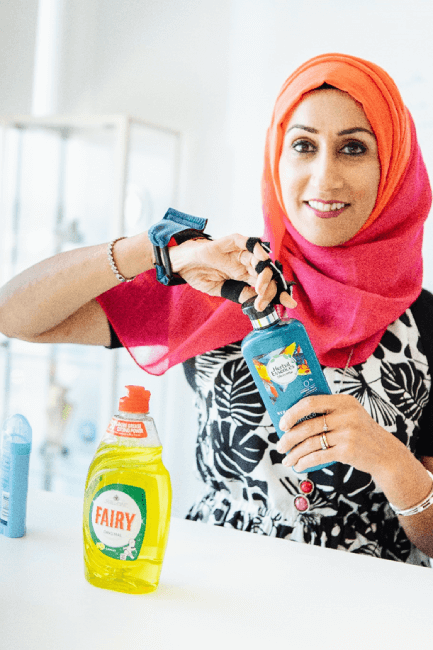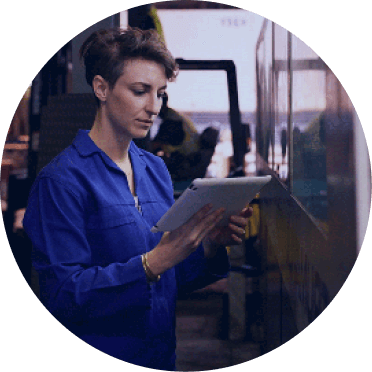14/10/2021
Why I Love My Eyes – not only this World Sight Day, but all year round
Perspective from P&G’s Company Accessibility Officer, Sam Latif
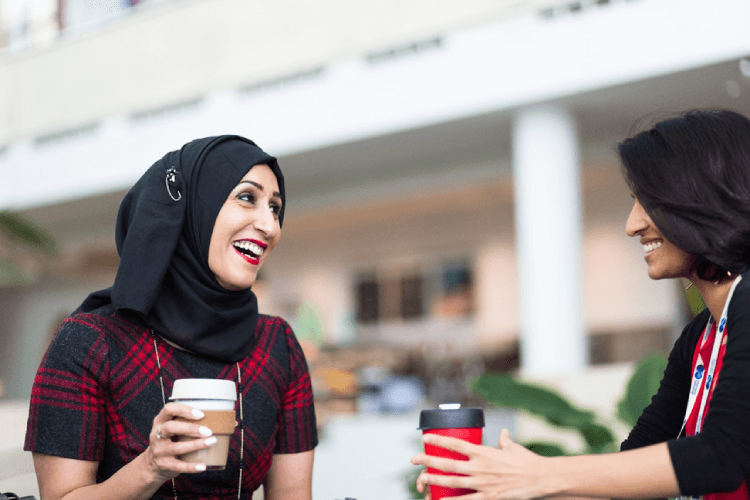
“People often ask me what it is like to be unable to see. And the honest answer is that I don’t know any different. I have a condition called Retinitis Pigmentosa which means my vision is a little bit like a tunnel – and over time, that tunnel gets narrower and blurrier. My parents knew by the age of four that I was going to go blind later in life, and today I only have 3% of my vision. But just because I don’t know any different, it doesn’t mean that I don’t want to make the world a better and more inclusive place for people with low or no vision.
“Today is World Sight Day and this year’s theme is ‘Love Your Eyes’. I suppose that many people would assume that being blind or partially sighted is at odds with that theme, which couldn’t be further from the truth. I love my eyes because they have led me to where I am today – working as P&G’s Company Accessibility Leader, placing inclusion at the heart of our business so we’re able to serve over 14 million people in the UK living with a visible or invisible disability.
“When I reflect on the past year, I am so proud of the strides P&G has continued to make in the field of accessibility. As one of the world’s biggest advertisers, the introduction of audio description in the US, UK and Spain marked a significant moment in our journey towards creating a more equal world. Then last year, P&G Beauty Europe launched France’s first ever accessible TV commercial in France with Head & Shoulders. And I’m proud to say that this year, we have continued that progress – both globally and locally.
“In February, we were proud to launch the first ever audio described Superbowl advert on our laundry brand, Tide. Harnessing the power of such a huge platform spoke volumes to the low and no vision community – demonstrating our commitment to ensure they felt included during one of the biggest moments in the sporting calendar.
“We continued this momentum this summer, when Oral B and Gillette featured in a special advertising break in partnership with the Royal National Institute for the Blind and Channel 4, shown during the opening ceremony of the Paralympic Games Tokyo 2020. As part of the takeover, graphically treated TV copies (TVCs) which distorted the visual experience were shown, helping to demonstrate how it might look to someone with a visual impairment. I was so proud to see our brands continue to step up in this important area, driving awareness of the importance of including audio description within their advertisements.
“We’re innovating when it comes to audio description, too. In June, we ran our first adaptive audio description trial in the UK, which enabled us to apply audio description to TVCs that do not have enough natural gaps in the dialogue to provide a description. This was a pivotal moment in our journey towards inclusion, making audio description possible for all TVCs that require it, thereby opening it up to even more people. Doing so is not only beneficial to our business by ensuring that we can reach even more people through our advertising, but also means that people like me feel included.
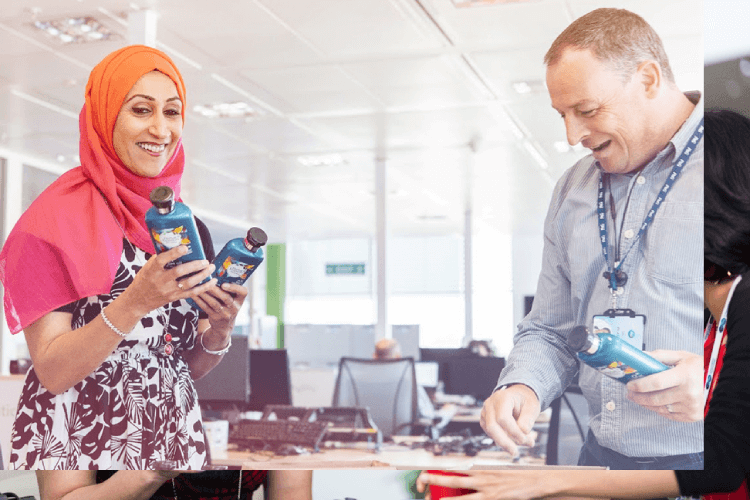
“But we’re looking beyond our advertising, too. The coronavirus pandemic was challenging for everyone in all sorts of ways, but for the low and no vision community it presented a fresh set of challenges. We were unable to see the arrows which guided us through one-way systems in-store, nor were we able to easily understand how close we were to others, which made social distancing challenging. This, in turn, means that people like me are often unlikely to spend more time than is necessary in-store – which means that businesses are missing out on our custom. Indeed, the ‘Purple Pound’ – that is, the spending power of people with disabilities – is estimated to be worth around £249 billion to the economy. It’s a hugely untapped area of potential growth.
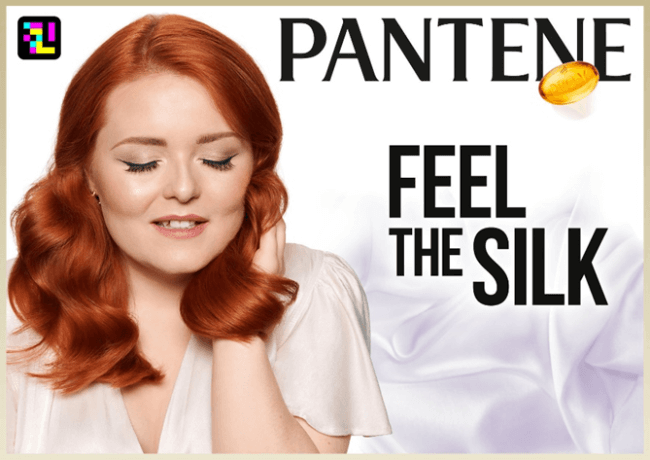
“Earlier this month, we made progress towards drastically improving the in-store experience for the blind and low vision community, through the introduction of NaviLens on haircare brand, Pantene. NaviLens is a coloured, bleeding edge QR code that can be scanned from several metres, wide angles and varied lighting conditions. It is activated via an app, reading key information about a product aloud. This means that for the first time ever, someone like me can navigate to a product, see what it represents, what it is made of and how it is used. It enables me to look at different products from a shelf and make thoughtful decisions of what I want to buy, instead of picking only what I am already familiar with. It’s an amazing step forward, and one which really highlights how innovating to include people with disabilities stands to benefit everyone. Imagine you’re in the haircare aisle and are specifically looking for a shampoo that is sulphate-free – through NaviLens, you can specify that, and then the app will only detect products that match that specification.
“As a company, we recognise that we’re on a journey towards creating a more accessible world – both within our organisation, and in wider society – and know that we don’t yet have all the answers. But what I hope is that by innovating our advertising, our communications, our products and more, we can help everyone in the low and no vision community to Love Their Eyes.”
